Home>Garden Essentials>What Seeds Do Cardinals Like
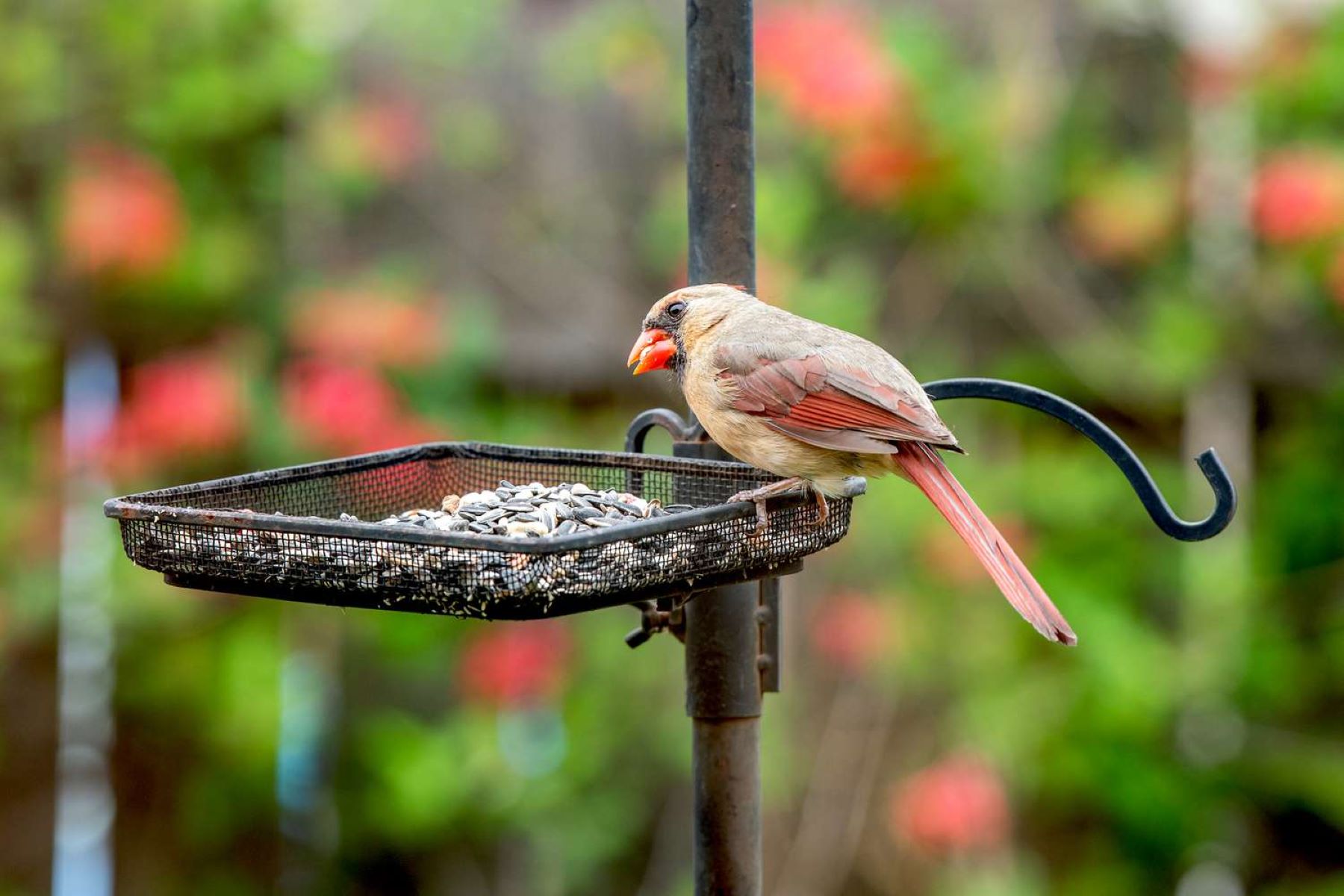

Garden Essentials
What Seeds Do Cardinals Like
Modified: March 24, 2024
Discover which seeds are favored by Cardinals in your garden and attract these beautiful birds to your backyard with the perfect selection of seeds. Find out more!
(Many of the links in this article redirect to a specific reviewed product. Your purchase of these products through affiliate links helps to generate commission for Storables.com, at no extra cost. Learn more)
Introduction
Gardening enthusiasts and birdwatchers alike often find delight in attracting a variety of beautiful and vibrant birds to their yards. One bird that captures the attention of many is the cardinal. With its striking red plumage and melodic song, the cardinal is a favorite among bird enthusiasts.
When it comes to attracting cardinals, providing them with a suitable food source is of utmost importance. While cardinals have a varied diet that includes fruits, insects, and berries, seeds play a significant role in their daily sustenance.
In this article, we will dive into the world of cardinals and explore the types of seeds that they prefer. By understanding their dietary preferences, you can create a garden oasis that will not only attract cardinals but also provide them with nourishment and a safe haven.
So, grab your gardening gloves and let’s discover the seeds that cardinals find irresistible!
Key Takeaways:
- Attract vibrant cardinals to your garden by offering their favorite seeds: sunflower, safflower, nyjer, and millet. Keep feeders clean for a nourishing and inviting environment.
- Cardinals enjoy a varied diet, including fruits, suet, insects, and nectar. Observing their preferences and maintaining a diverse feeding station can attract these beautiful birds.
Read more: What Kind Of Seed Do Cardinals Like
Importance of Seeds in Cardinals’ Diet
Seeds are a crucial component of a cardinal’s diet. They provide a rich source of essential nutrients and energy that is necessary for their overall health and well-being. Cardinals have a stout, conical beak designed for cracking open seeds, making them efficient seed eaters.
Seeds offer a variety of benefits for cardinals. Firstly, they are a high-energy food source, providing the necessary fuel for their day-to-day activities, including foraging and flying. Secondly, seeds are rich in protein, which is vital for their growth, maintenance, and repair of body tissues. Additionally, seeds contain essential fatty acids that promote healthy plumage and aid in the production of natural oils to keep their feathers waterproof.
By incorporating seeds into your backyard bird feeding routine, you can not only attract cardinals but also contribute to their overall health. Providing a diverse array of seeds ensures that cardinals have access to a balanced nutritional diet.
Now that we understand the importance of seeds in a cardinal’s diet, let’s delve into the types of seeds that they find particularly enticing.
Preferred Types of Seeds
Cardinals have their own distinct preferences when it comes to seeds. By offering the seeds they prefer, you can increase the likelihood of attracting these beautiful birds to your yard. Let’s take a look at some of the preferred types of seeds for cardinals:
- Sunflower Seeds: Sunflower seeds are a top choice for cardinals. They are high in fat and protein, providing excellent nutrition for these birds. Cardinals will readily feast on both black oil sunflower seeds and striped sunflower seeds. Consider offering a mix of whole and shelled seeds to accommodate their feeding preferences.
- Safflower Seeds: Safflower seeds are another favorite of cardinals. These seeds have a bitter taste that many nuisance birds dislike, giving cardinals an advantage. Fill your feeders with safflower seeds to attract cardinals while deterring squirrels and other unwanted visitors.
- Nyjer (Thistle) Seeds: Nyjer seeds, also known as thistle seeds, are small and black and are a favorite among many finch species, including cardinals. Fill a special nyjer feeder or a tube feeder with these tiny seeds to entice cardinals to visit your yard.
- Millet Seeds: Millet seeds are another type of seed that cardinals enjoy. These small, round seeds are often found in mixed birdseed blends. While cardinals may not specifically seek out millet, having it as part of a seed mix can still attract them to your feeders.
Offering a combination of these preferred seeds in your feeders will greatly increase your chances of attracting cardinals to your garden. Remember to use high-quality seeds and regularly clean and refill your feeders to ensure a fresh and enticing food source for these beautiful birds.
Now that we know which seeds cardinals prefer, let’s explore some additional foods that they also enjoy.
Sunflower Seeds
Sunflower seeds are a staple in the diet of cardinals and many other bird species. These nutritious seeds are known for their high fat and protein content, making them an excellent source of energy for birds.
Cardinals are particularly fond of both black oil sunflower seeds and striped sunflower seeds. Black oil sunflower seeds have a thin shell and a higher oil content, making them easier for birds to crack open and consume. Striped sunflower seeds, on the other hand, have a thicker shell, providing cardinals with a bit more of a challenge while still being accessible.
To attract cardinals to your yard, offer a variety of sunflower seeds in your feeders. You can choose to provide whole sunflower seeds, which require the birds to shell them before eating, or use shelled sunflower seeds for added convenience.
There are several types of feeders that you can use to offer sunflower seeds to cardinals. Hopper feeders, tube feeders, and platform feeders are all suitable options. Consider placing multiple feeders throughout your garden to accommodate multiple cardinals at once.
When selecting sunflower seeds for your feeders, opt for high-quality seeds that are fresh and free from mold or contaminants. This ensures that you are providing the best possible nutrition for the cardinals and other birds visiting your garden.
Remember to regularly clean and refill your feeders to maintain a hygienic feeding environment. This helps to prevent the spread of diseases and keeps the seeds fresh and appealing to cardinals.
In addition to providing sunflower seeds in feeders, you can also scatter them on the ground or on feeding platforms to attract cardinals that prefer ground-feeding.
Incorporating sunflower seeds into your bird feeding routine is an excellent strategy for attracting cardinals to your yard. Keep in mind that cardinals are not the only birds that enjoy sunflower seeds, so be prepared to welcome a diverse array of feathered visitors to your garden.
Now that we’ve covered sunflower seeds, let’s explore another type of seeds that cardinals find appealing.
Safflower Seeds
Safflower seeds are another favorite among cardinals. These seeds have a unique advantage when it comes to attracting cardinals, as they have a somewhat bitter taste that many nuisance birds dislike. This makes safflower seeds an excellent choice for those who want to attract cardinals while deterring squirrels and other pest birds.
Cardinals are known to readily consume safflower seeds, and offering them in your feeders can greatly increase the likelihood of attracting these vibrant birds to your yard.
Safflower seeds are small and have a tough outer shell, which means they require more effort for the birds to crack open compared to sunflower seeds. This can be beneficial as it provides cardinals with mental and physical stimulation while feeding.
To offer safflower seeds to cardinals, you can use various types of feeders such as hopper feeders, tube feeders, or platform feeders. Keep in mind that cardinals prefer open or tray-style feeders where they can easily perch and feed.
When selecting safflower seeds, it is important to choose high-quality seeds that are fresh and free from mold or contaminants. This ensures that you are providing the best possible nutrition for the cardinals visiting your garden.
Regularly cleaning and refilling your feeders is essential to maintain a hygienic feeding environment. This helps to prevent the spread of diseases and keeps the safflower seeds fresh and enticing for cardinals.
While safflower seeds may be a favorite among cardinals, it is important to note that preferences can vary among individuals. Some cardinals may have a strong preference for sunflower seeds, while others may enjoy a mix of safflower and other seeds. Offering a variety of seeds in your feeders can cater to various bird preferences and attract a diverse array of bird species.
By incorporating safflower seeds into your bird feeding routine, you not only entice cardinals but also create a feeding environment that is less attractive to unwanted visitors. You can enjoy the beauty and presence of cardinals while minimizing potential conflicts with squirrels and nuisance birds.
Now that we’ve explored safflower seeds, let’s move on to another type of seeds that cardinals find appealing – Nyjer seeds.
Cardinals prefer to eat sunflower seeds, safflower seeds, and cracked corn. Providing these seeds in a bird feeder will attract cardinals to your yard.
Read more: What Seeds Do Squirrels Not Like
Nyjer Seeds
Nyjer seeds, also known as thistle seeds, are tiny black seeds that have gained popularity among bird enthusiasts, including cardinals. While these seeds are a favorite food for finches, cardinals have been known to enjoy them as well.
Nyjer seeds are highly nutritious, packed with essential fats and proteins that provide birds with the energy they need. Their small size makes them perfect for tiny beaks to handle, and cardinals are capable of cracking open the shells to access the nutritious kernels inside.
To offer nyjer seeds to cardinals, you will need a specialized feeder that has small feeding ports to prevent the seeds from spilling out. A tube feeder or a thistle feeder with small holes can accommodate the tiny size of nyjer seeds and allow cardinals to feed on them easily.
It’s important to note that while cardinals do enjoy nyjer seeds, they may not be as attracted to them as other bird species, such as finches. However, having nyjer seeds available in your feeders can still attract a diverse range of birds to your garden.
When selecting nyjer seeds, ensure they are fresh and of high quality, free from dust, mold, or other contaminants. Storing the seeds in a cool, dry place will help maintain their freshness and appeal.
Regular cleaning and maintenance of your nyjer feeders are essential to prevent the growth of mold or bacteria that can harm birds. Give your feeders a thorough cleaning every one to two weeks, and replace the seeds regularly to ensure cardinals have access to fresh and clean food.
While nyjer seeds may not be the primary seed choice for cardinals, offering them in your backyard can attract a variety of other bird species. This adds to the diversity and excitement of bird-watching in your garden.
Now that we’ve explored nyjer seeds, let’s move on to another popular seed that cardinals enjoy – millet seeds.
Millet Seeds
Millet seeds are another type of seed that cardinals enjoy as part of their diet. These small, round seeds are often found in mixed birdseed blends, and while cardinals may not specifically seek out millet, they are known to consume it when available.
Millet seeds offer a good source of carbohydrates, fiber, and essential nutrients for cardinals. While they are not as high in fat and protein as other seeds like sunflower or safflower seeds, they still provide valuable energy for these birds.
When it comes to offering millet seeds to cardinals, they can be included in mixed birdseed blends that you provide in your feeders. The variety in the mix can attract a diverse range of bird species, providing a dynamic and lively feeding environment.
Platform feeders or tray-style feeders are excellent options for offering mixed birdseed blends that contain millet seeds. These feeders provide a flat surface where cardinals can easily perch and feed on the available seeds.
As with any type of seed, it’s crucial to choose high-quality millet seeds that are fresh and free from mold or contaminants. Regularly cleaning and refilling your feeders will ensure that the seeds remain appetizing and attract cardinals to your garden.
While millet seeds may not be the sole reason why cardinals visit your feeders, providing a mix that includes these seeds adds variety to their diet and increases the chances of attracting them to your yard.
Remember to observe and learn from the feeding behaviors of cardinals in your area. While preferences can vary among individuals, you may notice whether cardinals have a particular affinity for certain seeds, and you can adjust your offerings accordingly.
Now that we’ve covered millet seeds, let’s explore some additional foods that cardinals enjoy as part of their varied diet.
Additional Foods Cardinals Enjoy
While seeds are an integral part of a cardinal’s diet, these beautiful birds also enjoy a variety of other foods. Including a range of options in your backyard feeding station will not only attract cardinals but also provide them with a diverse and balanced diet. Here are some additional foods that cardinals enjoy:
- Fruits: Cardinals have a sweet tooth for fruits such as apples, berries, and grapes. These juicy treats provide natural sugars and additional nutrients that supplement their diet. You can offer slices or chunks of fresh fruits in tray feeders or place them on elevated platforms.
- Suet: Suet is a high-energy food that cardinals appreciate, especially during colder months. Suet is a mixture of rendered beef or pork fat and various ingredients like seeds, fruits, and insects. Use suet cages or feeders to provide this special treat for cardinals to enjoy.
- Insects: Cardinals are omnivorous and will happily consume insects when available. From caterpillars and beetles to spiders and ants, insects provide a valuable source of protein for these birds. Encouraging a diverse and insect-friendly garden will naturally attract insects for cardinals to forage.
- Nectar: While not a primary food source for cardinals, these birds may occasionally sip nectar from flowers or hummingbird feeders. Providing nectar-rich flowers like trumpet vine or offering a separate hummingbird feeder can offer a sweet treat for cardinals.
It’s worth noting that while cardinals enjoy these additional foods, they should not replace the seeds in their diet. Seeds provide the necessary nutrition and energy that cardinals rely on. The additional foods serve as supplements and attractants to diversify their feeding habits.
Observing the feeding habits and preferences of the cardinals in your area will provide valuable insight into the foods they enjoy. By catering to their preferences, you can create a backyard oasis that not only attracts cardinals but also supports their overall health and well-being.
Now that we’ve covered the additional foods cardinals enjoy, let’s wrap up our article.
Conclusion
Attracting cardinals to your backyard can bring beauty, joy, and a melodious charm to your outdoor space. Understanding the dietary preferences of cardinals and providing the right types of seeds and additional foods can greatly increase their presence in your garden.
Seeds play a vital role in a cardinal’s diet, providing essential nutrients, energy, and nourishment. Sunflower seeds, safflower seeds, nyjer seeds, and millet seeds are among the preferred choices for cardinals. Offering a variety of these seeds in your feeders ensures a diverse and nutritious diet for these vibrant birds.
In addition to seeds, cardinals also enjoy other foods such as fruits, suet, insects, and nectar. Including these options in your feeding station can attract a wider range of birds and provide cardinals with supplemental nutrition.
Remember to choose high-quality seeds and regularly clean and maintain your feeders to create a safe, hygienic, and enticing feeding environment for cardinals. By catering to their dietary preferences and ensuring a reliable food source, you can encourage the presence of these remarkable birds in your yard.
As you create a welcoming space for cardinals, take the time to observe and appreciate their behavior. Each cardinal may have individual preferences and feeding habits, adding to the uniqueness and charm of these birds.
So, whether you’re a passionate birdwatcher or a gardening enthusiast, attracting cardinals to your garden adds a touch of natural beauty and creates a haven for these magnificent creatures. Enjoy the sight of the bright red plumage, listen to their melodic songs, and take pleasure in knowing that you’re providing a nourishing environment for these beloved backyard visitors.
Now, grab your binoculars and enjoy the enchantment of cardinals in your very own garden!
Frequently Asked Questions about What Seeds Do Cardinals Like
Was this page helpful?
At Storables.com, we guarantee accurate and reliable information. Our content, validated by Expert Board Contributors, is crafted following stringent Editorial Policies. We're committed to providing you with well-researched, expert-backed insights for all your informational needs.
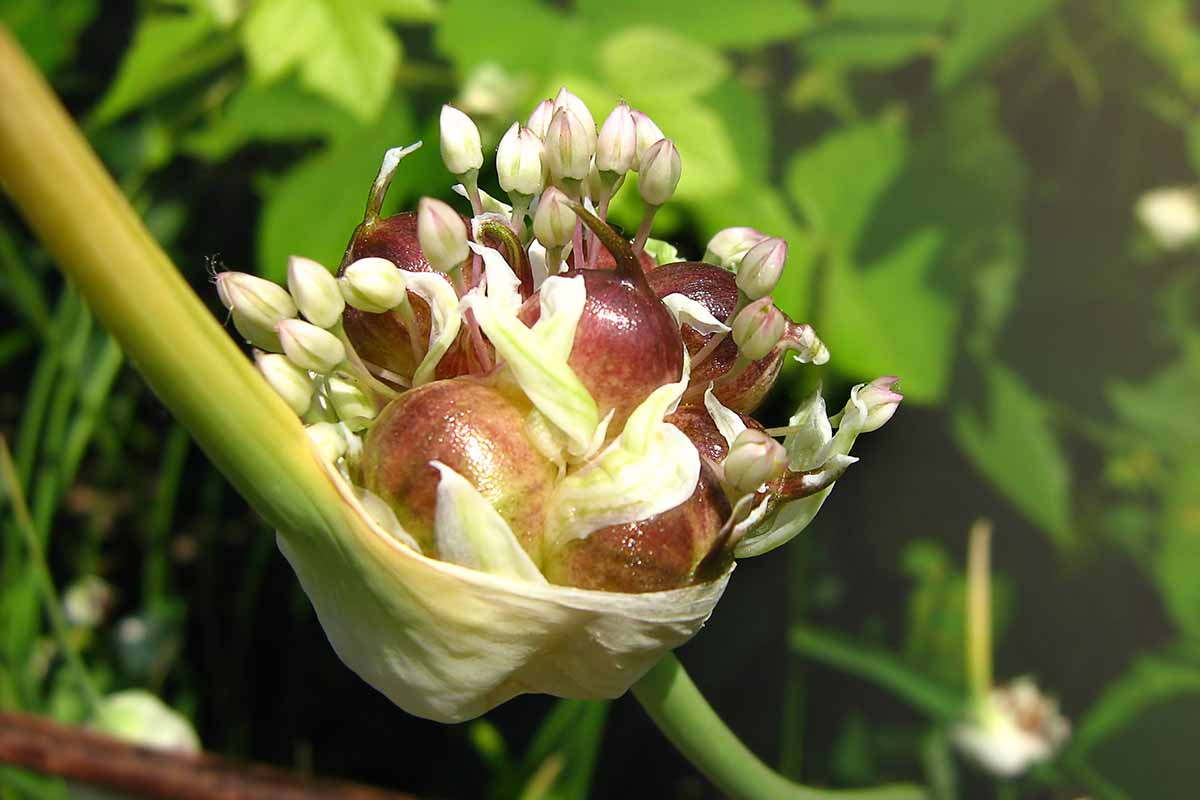
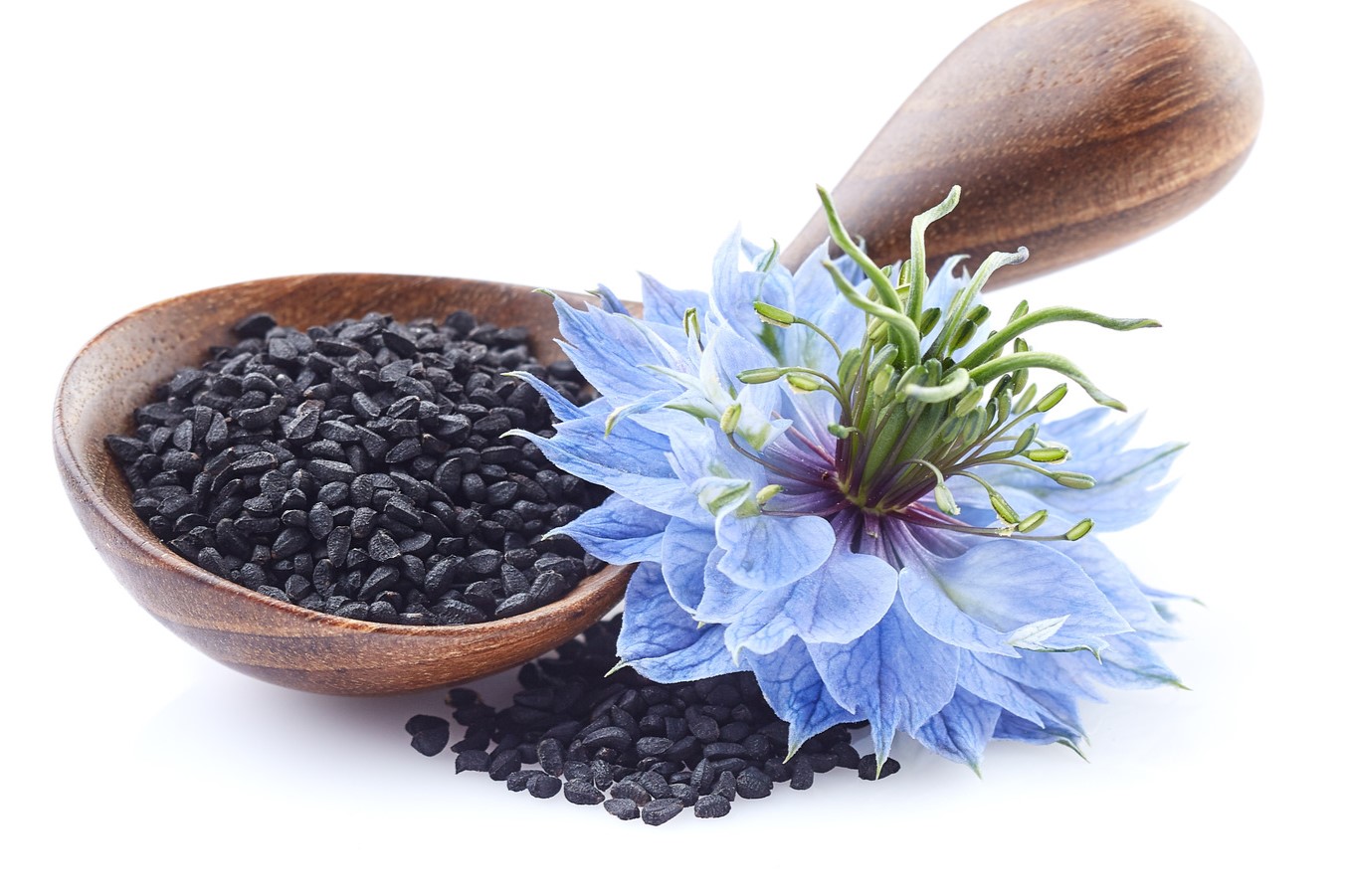
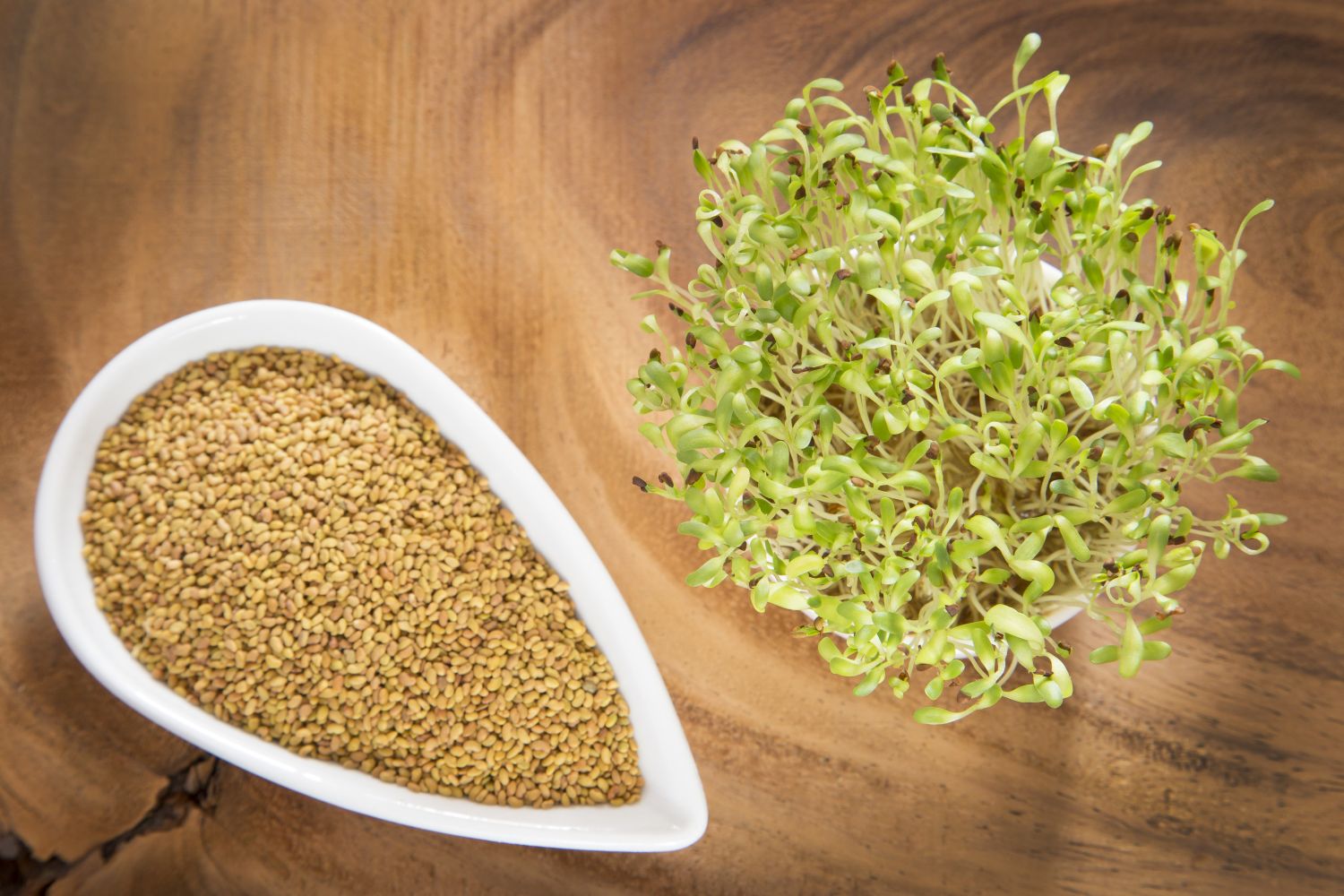
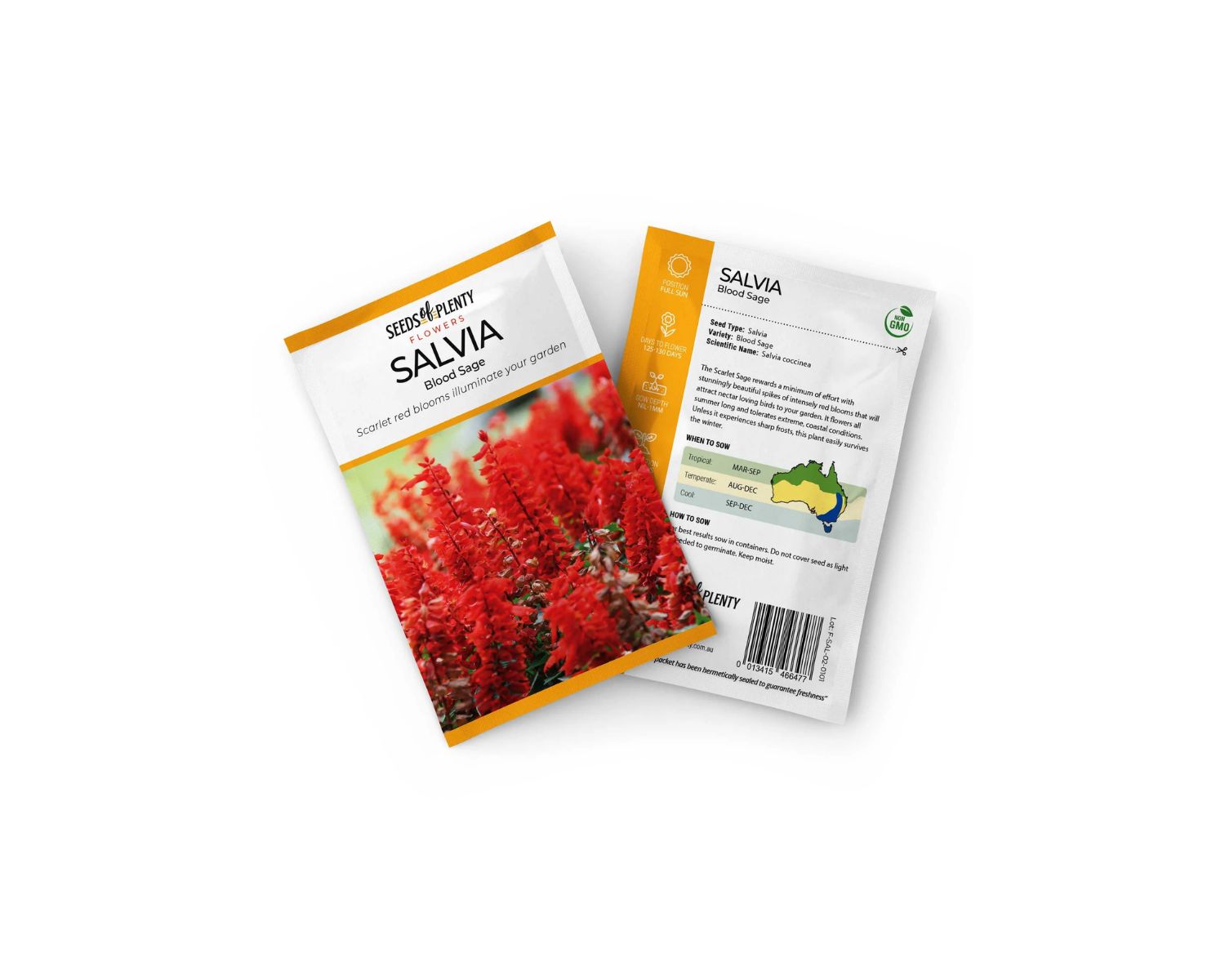
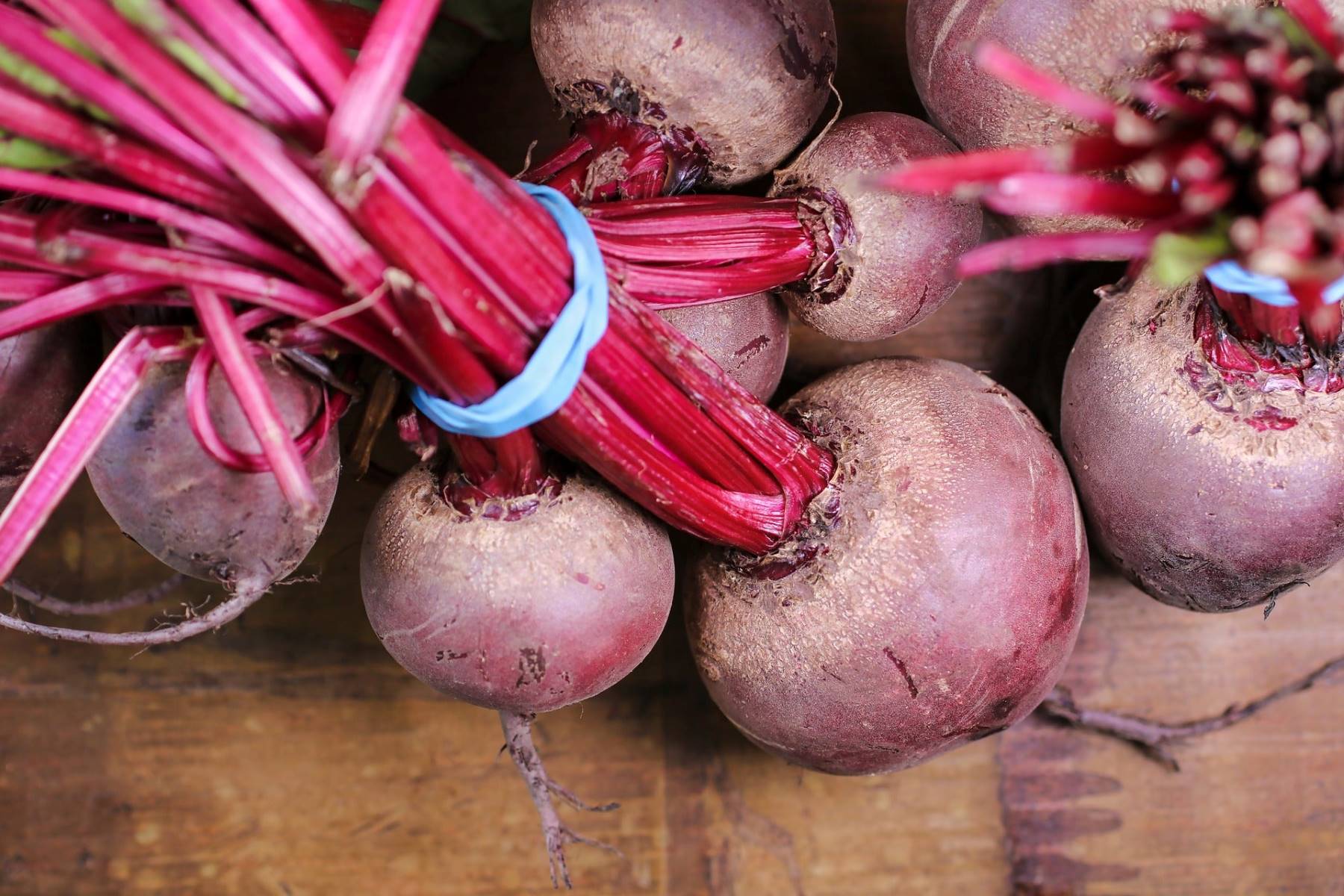
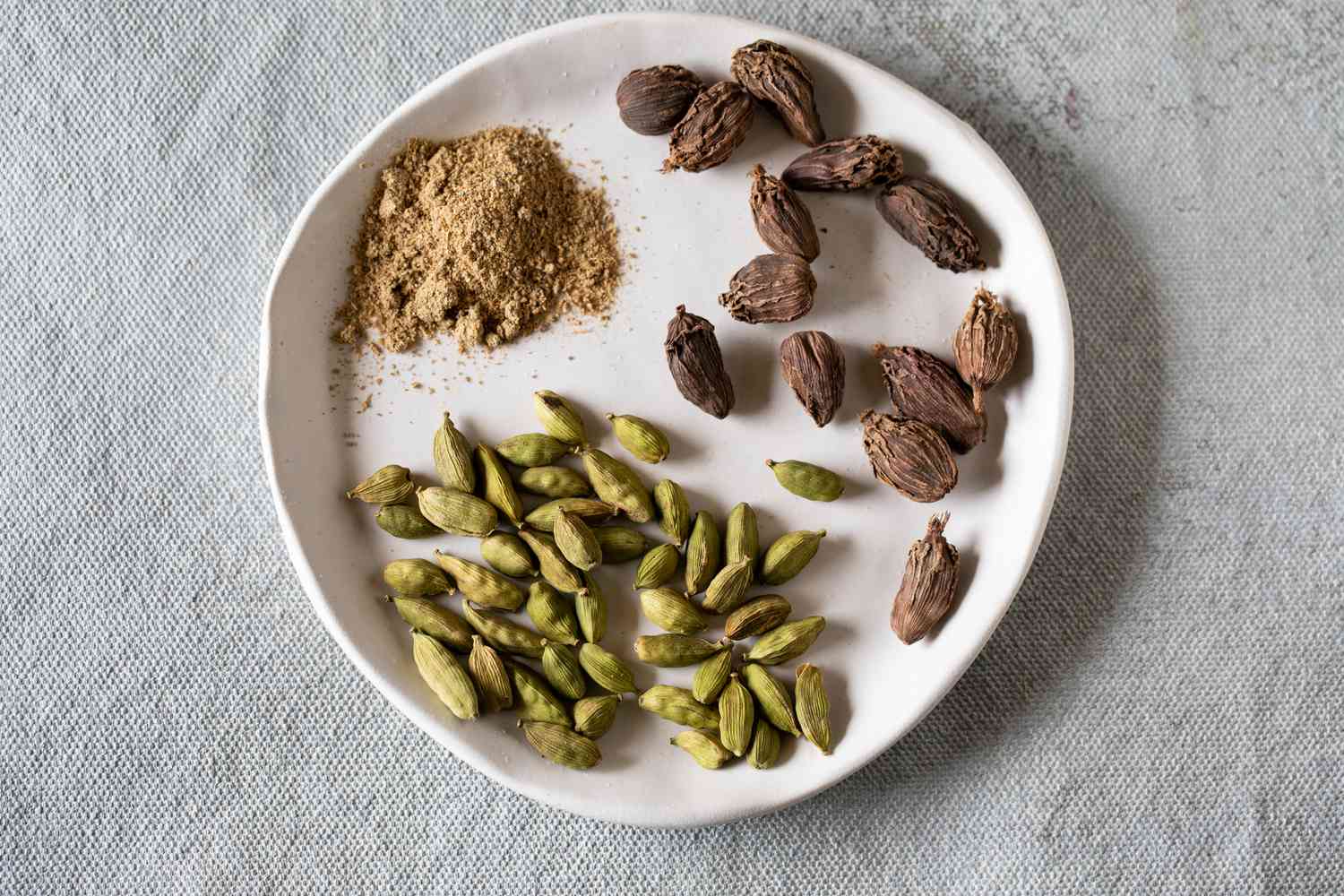
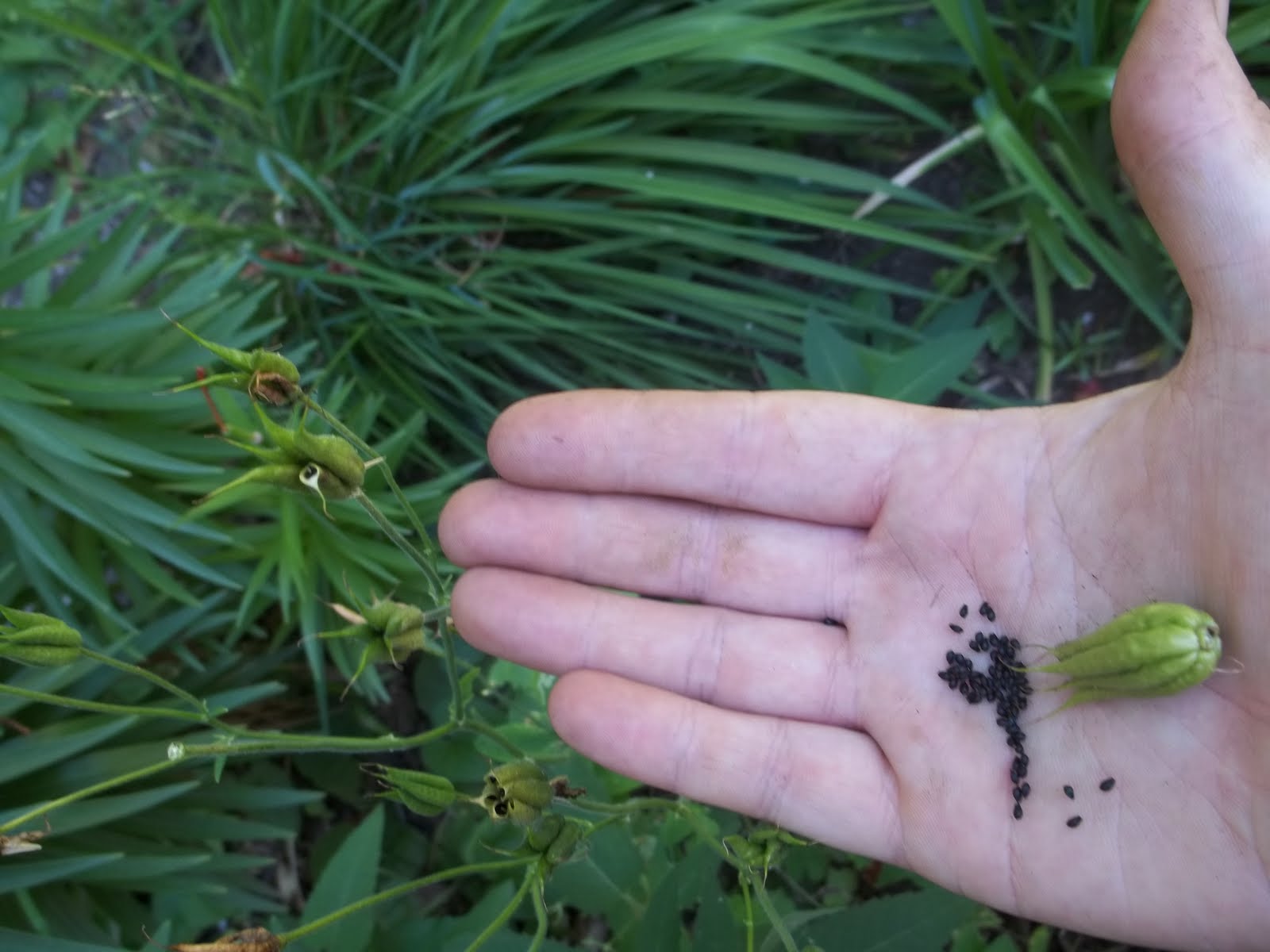
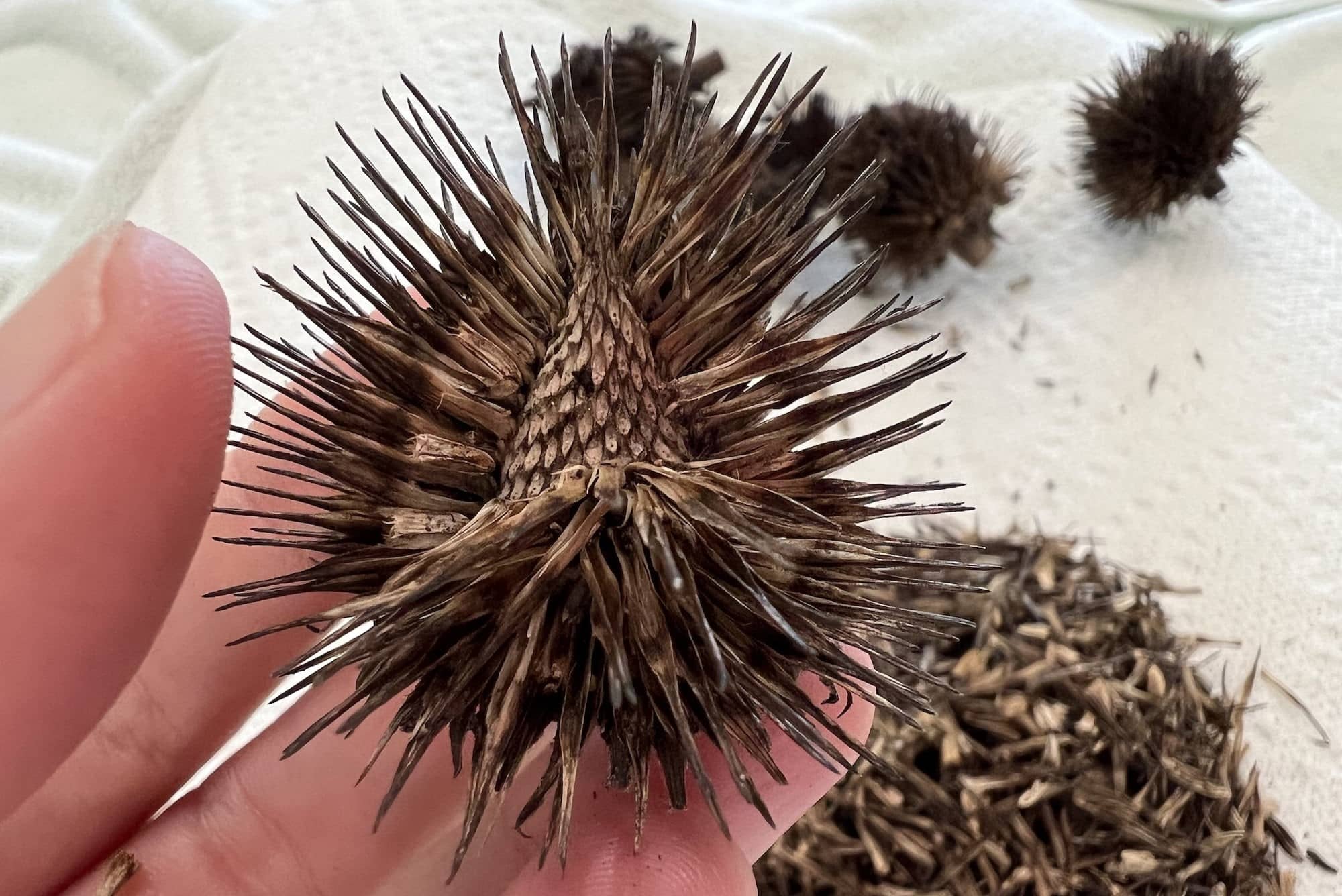
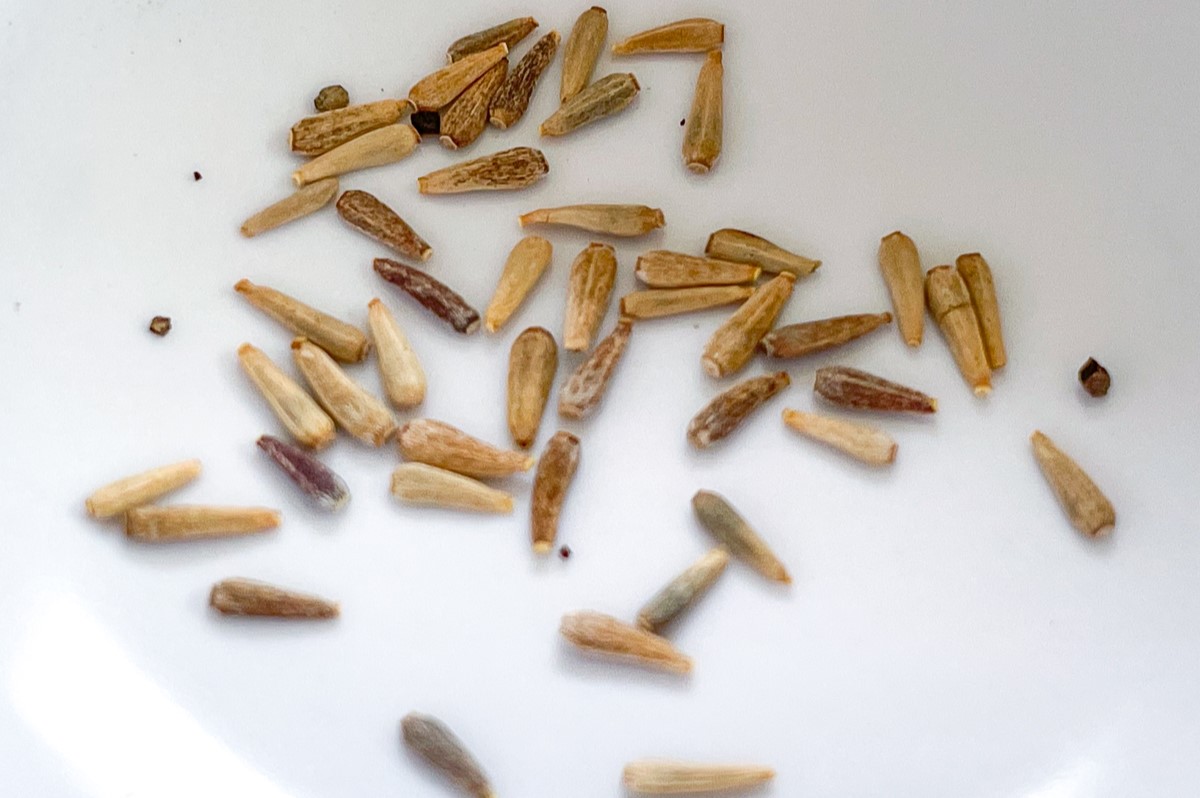
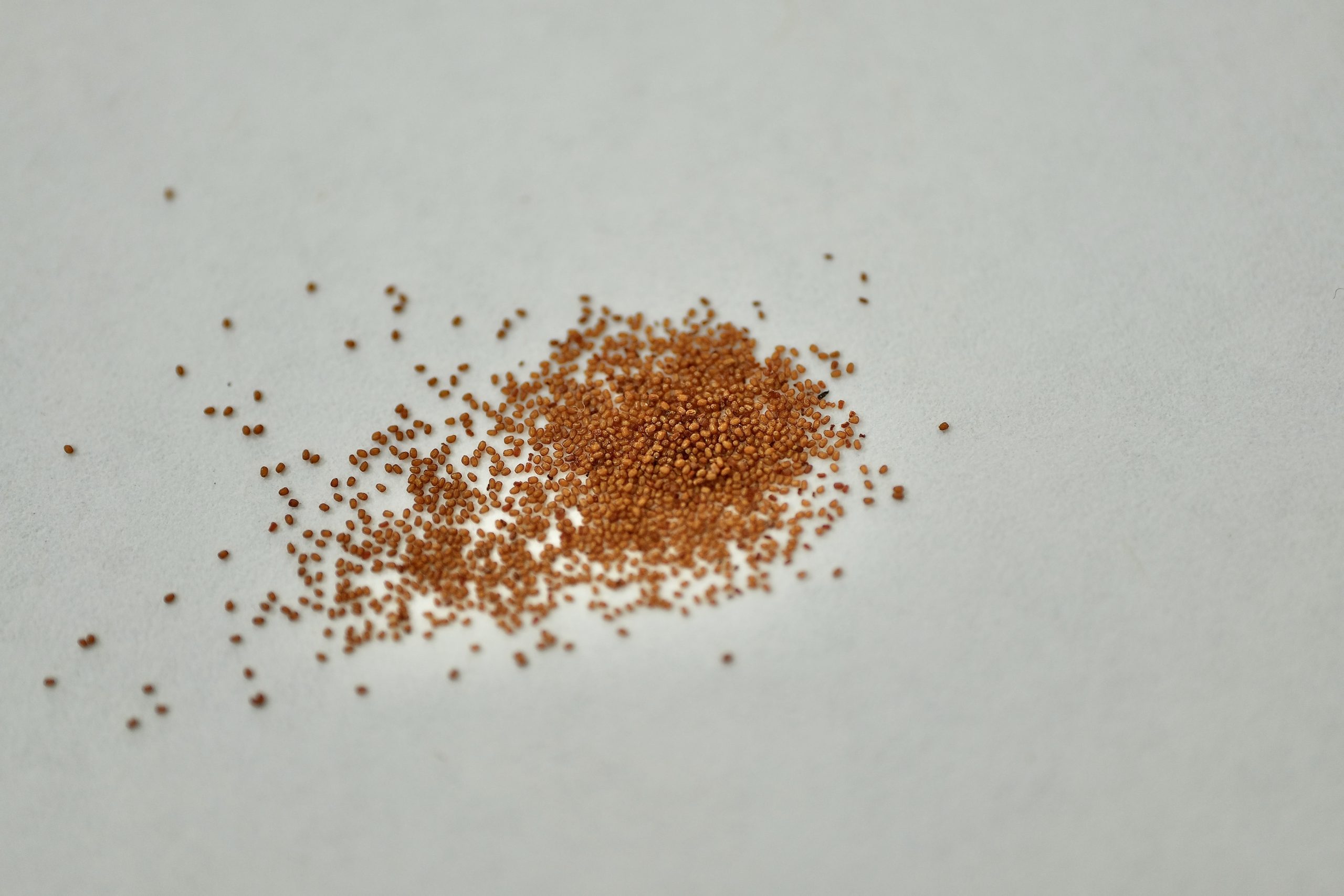
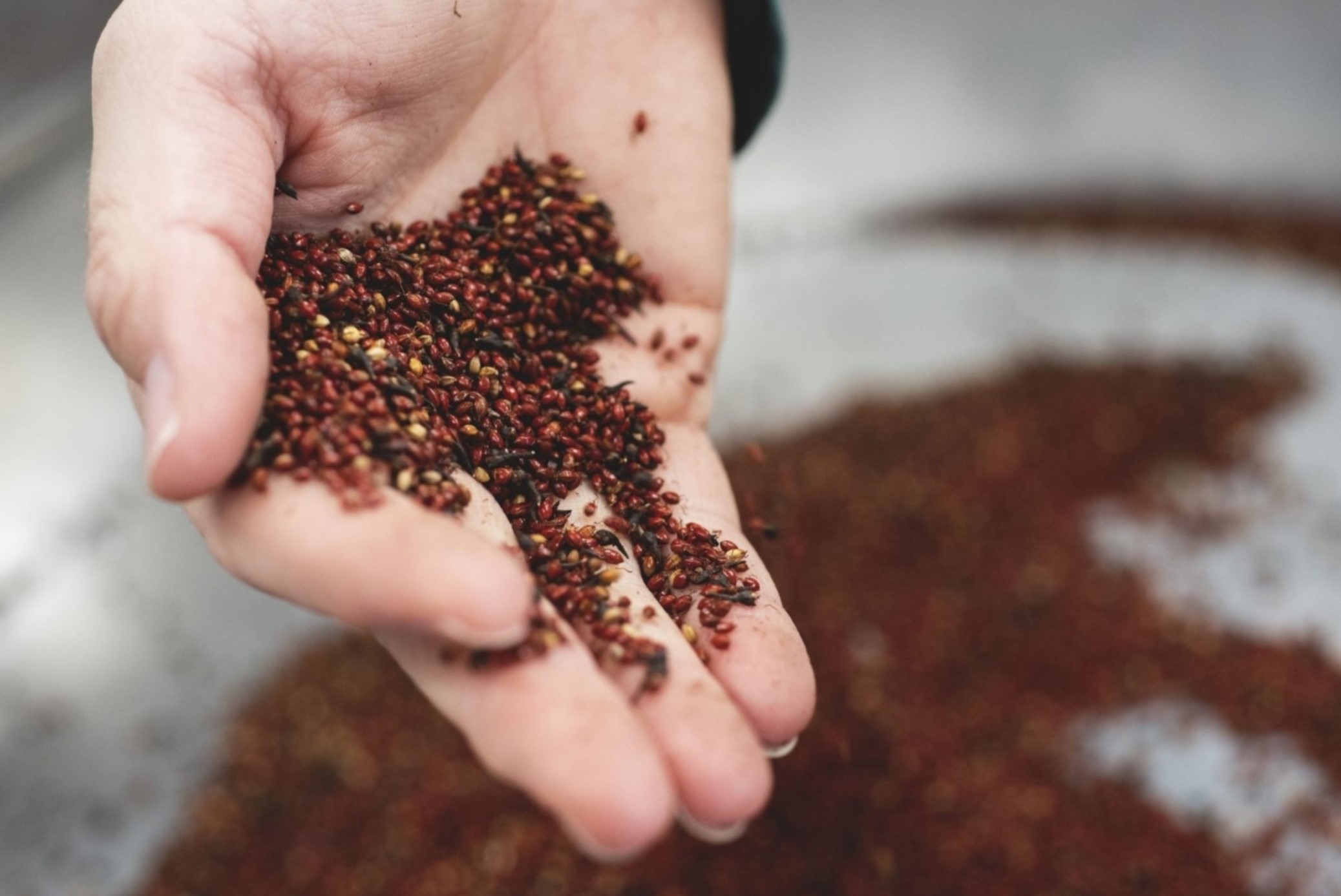
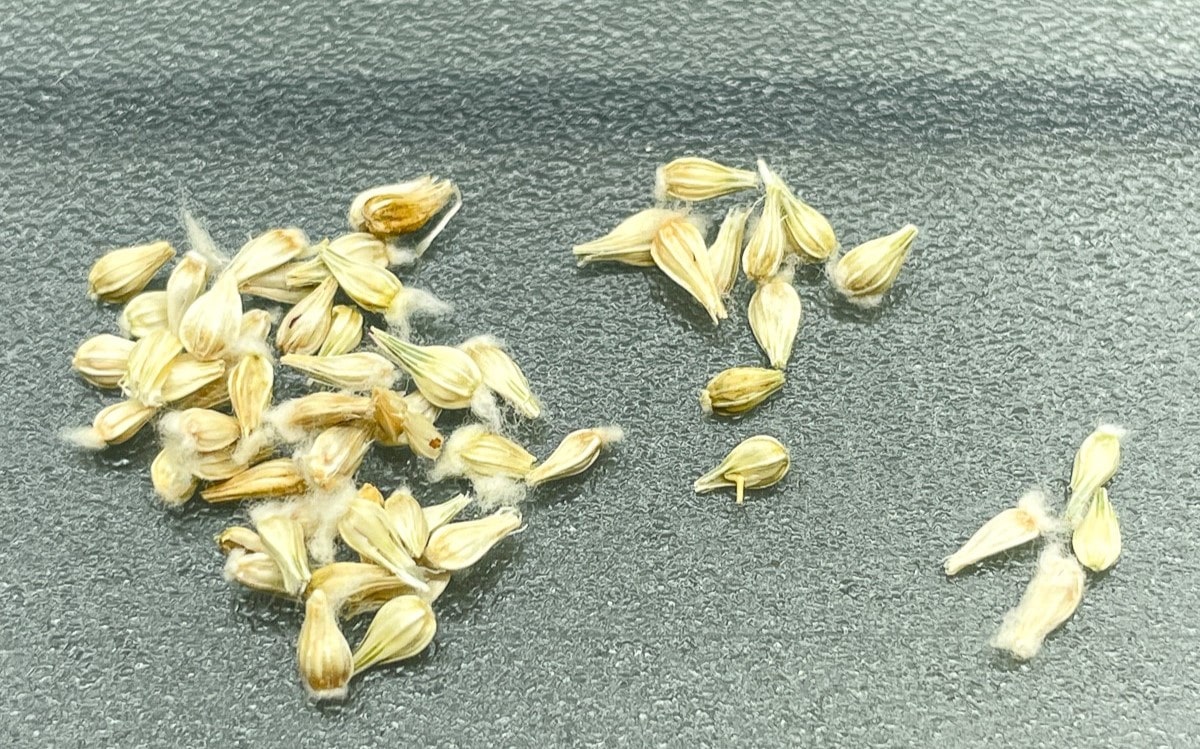
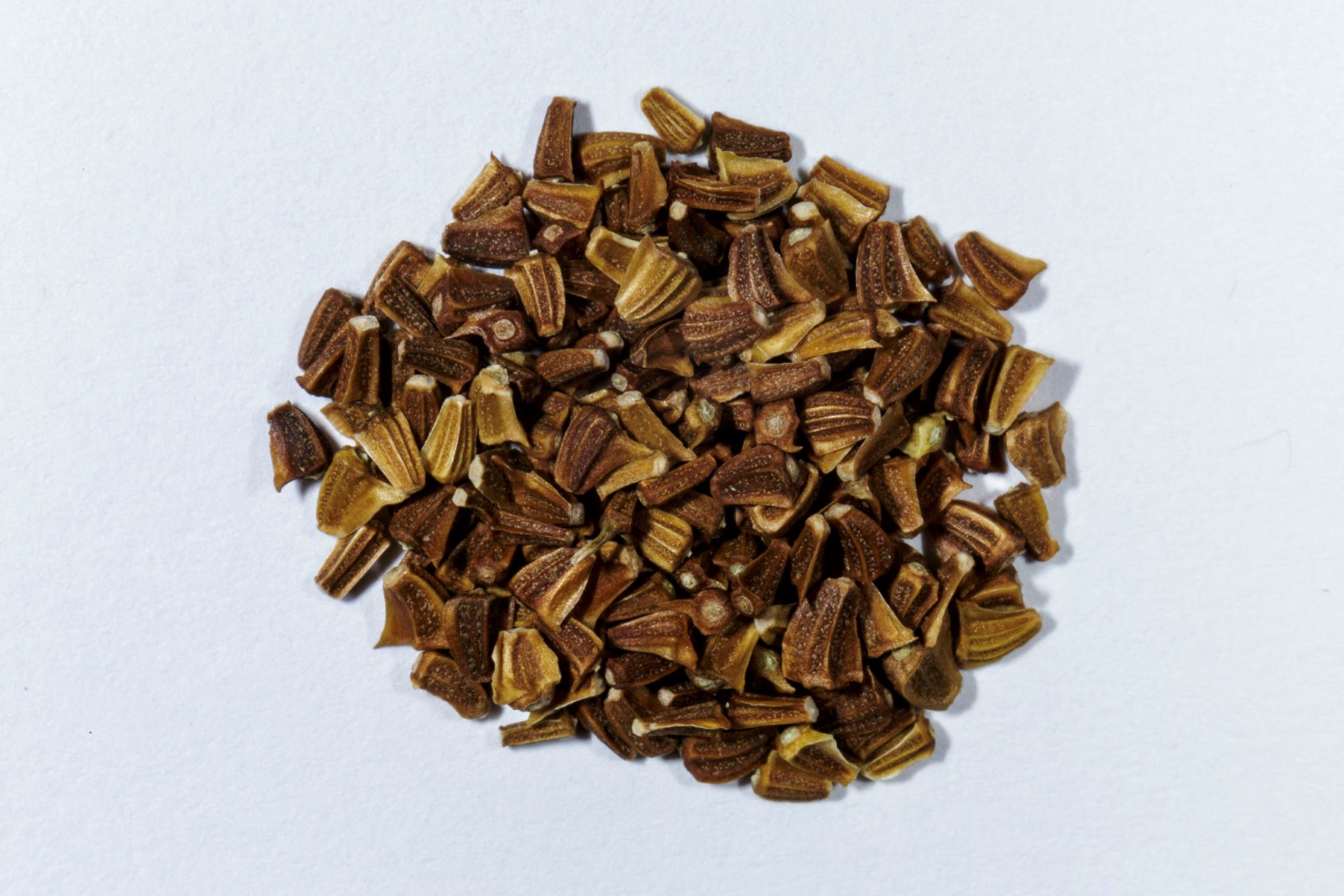
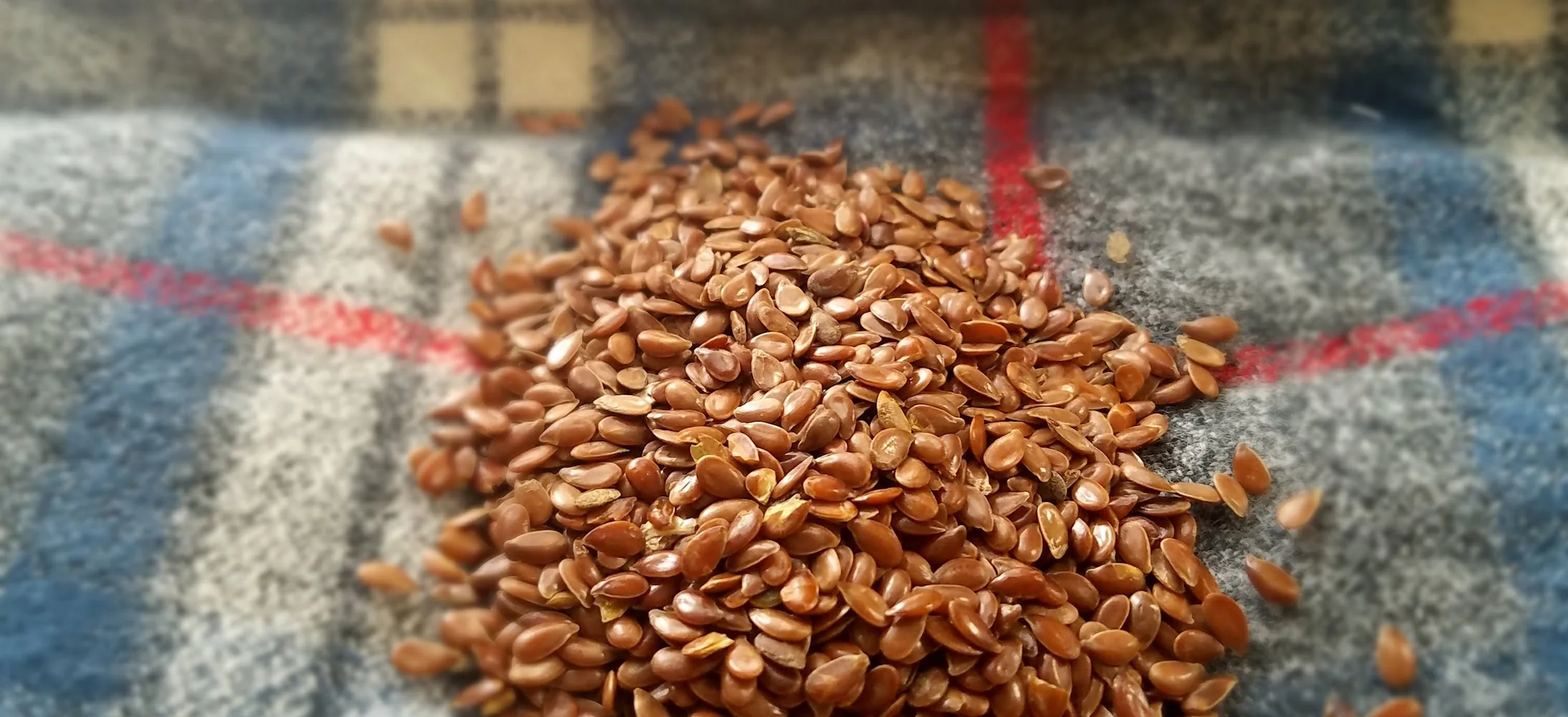

0 thoughts on “What Seeds Do Cardinals Like”